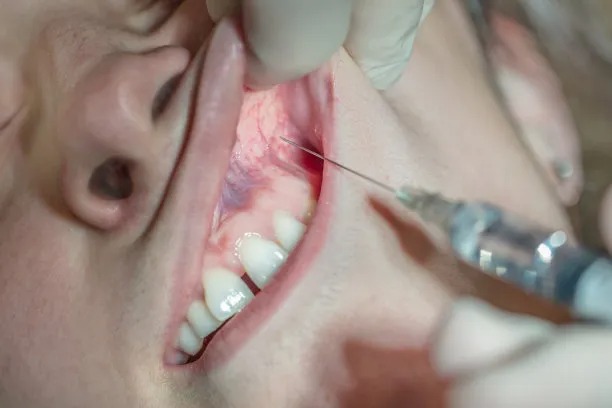Essential Tips and Precautions to Consider Before Undergoing Dental Filling Procedures
Summary: Dental filling procedures are common treatments aimed at restoring teeth affected by cavities or damage. However, ensuring a successful outcome goes beyond the procedure itself. This article highlights essential tips and precautions to consider before undergoing dental fillings. From understanding the types of fillings available, to discussing your medical history with your dentist, and preparing for the procedure, each factor plays a crucial role in the overall success and effectiveness of the treatment. Additionally, post-treatment care is vital for long-term health. This comprehensive guide aims to empower patients with knowledge and awareness prior to dental fillings, ensuring a smoother experience and optimal results.
1. Understanding the Different Types of Fillings

Before undergoing dental filling procedures, it’s essential to understand the various types of fillings available. The most common materials used include amalgam, composite resin, gold, and porcelain. Each type has its distinct benefits and drawbacks. For instance, amalgam fillings are durable and suited for larger cavities, while composite resin provides a more aesthetic solution for visible areas.
Discussing these options with your dentist is crucial. They can provide expert guidance tailored to your specific dental needs and preferences. Consider factors such as the size and location of the cavity, the cost of materials, and your personal aesthetic considerations when making a decision.
A deeper understanding of the differences can help you feel more at ease during the procedure and make informed choices that influence both current and future dental health.
2. Communicating Your Medical and Dental History
Proactive communication with your dentist is vital before any dental procedure. Disclose your complete medical history, including any medications you are taking, allergies, and previous dental experiences. This information helps your dentist assess potential risks and tailor the filling process accordingly.
For example, certain conditions such as bleeding disorders may require special care during the procedure. Furthermore, discuss any anxiety or fear related to dental treatments, as this can impact your overall experience. Your dentist may suggest sedation options or anxiety-reducing techniques to ensure a comfortable procedure.
Remember, honest communication fosters a trustful relationship and allows for personalized care, enhancing safety and comfort during the filling procedure.
3. Preparing for Your Dental Appointment
Proper preparation can significantly improve your comfort during and after the dental filling procedure. First, ensure you have a clear understanding of the appointment process. Ask questions about how long the appointment will take, what anesthesia might be used, and what to expect during and after the procedure.
Arriving well-prepared can also involve planning your day around the procedure. If you expect to receive sedation or anesthesia, arrange for someone to drive you home afterward, as your ability to operate a vehicle may be impaired.
Additionally, managing discomfort post-procedure is essential. Stocking up on soft foods and over-the-counter pain relievers can provide a smoother recovery experience. The goal is to make the experience as manageable as possible for optimal results.
4. Post-Treatment Care for Optimal Recovery
Following the procedure, diligent post-treatment care is crucial for long-term success. Initially, follow the dentist’s specific guidelines regarding eating, drinking, and oral hygiene. For instance, you may be advised to avoid hard or crunchy foods for a certain period to allow the filling to set properly.
Monitoring any discomfort after the anesthetic wears off is important too. While minor sensitivity is common, persistent pain or discomfort could indicate a problem with the filling or surrounding tooth tissue, necessitating further consultation.
Regular dental check-ups post-treatment also help catch any issues early. Establishing a good oral hygiene routine, including brushing and flossing, can extend the life of your fillings and contribute to overall dental health.
Summary:
In summary, preparing for dental filling procedures involves a thorough understanding of your options, clear communication with your dentist regarding personal and medical information, adequate preparation before your appointment, and attention to post-treatment care. Each step is crucial in ensuring both the procedures success and your overall dental health.
This article is compiled by Vickong Dental and the content is for reference only


